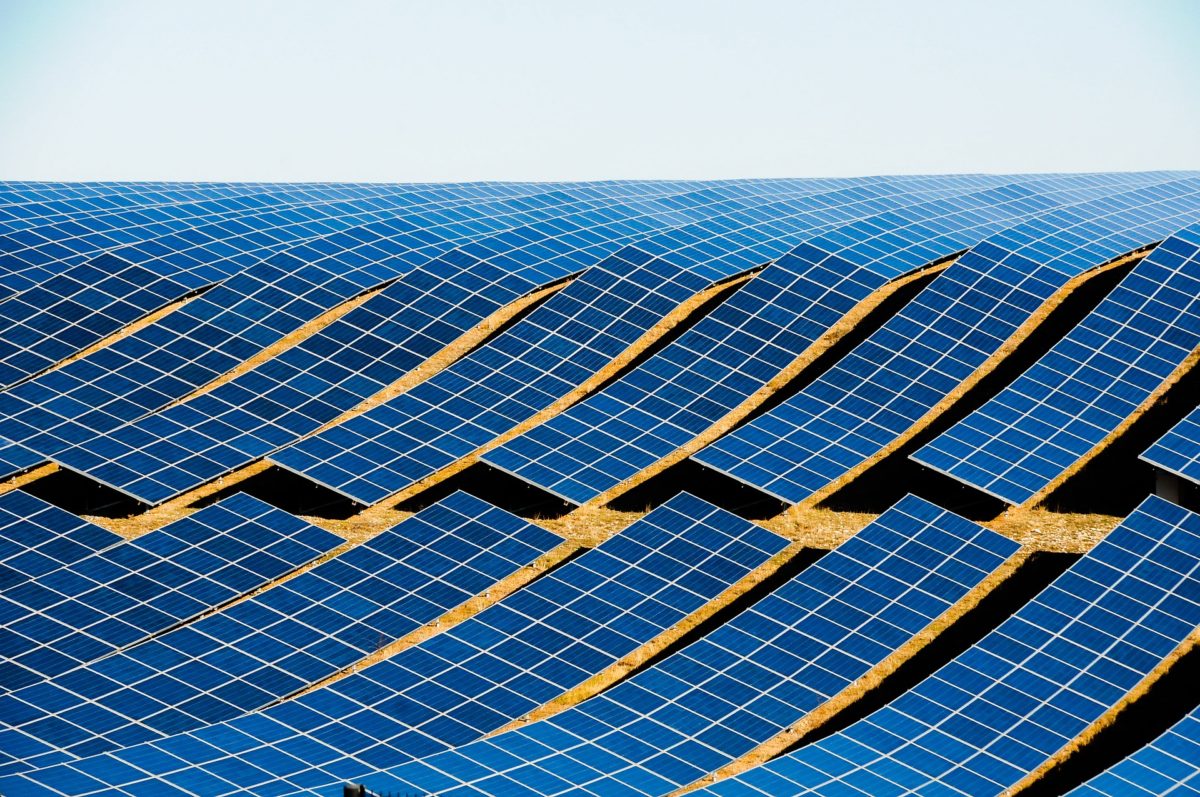From pv magazine USA.
Solar assets are underperforming far more frequently than official energy estimates would suggest, validating an industry-wide bias towards overly optimistic pricing, according to the industry experts who contributed to KwH Analytics’ 2020 solar risk assessment report. “From a business standpoint, this means that smart investors need to take a step back and adjust to reality,” Richard Matsui, CEO and founder of kWh Analytics said.
“P90 downside events occur so often that they have nearly become P50,” kWh Analytics said in this year’s Solar Risk Assessment report. By definition, P90 events should occur once every 10 years, but they are now at least three times more frequent because of the unreliable energy estimates that have been baked into projections.
The situation is fueled, in part, by the fact that it is a seller’s market; buyers need to be competitive to get the best solar assets.
“Many projects perform up to the rosy expectations but, on average, projects are underperforming their financial expectations,” Jackson Moore, head of DNV GL’s solar section said, noting that the data-driven insights in the report make this clear. “We want data to be as accurate as possible, so it can support a sustainable solar industry,” Dana Olson, global solar segment leader at DNV GL added. Accuracy means avoiding a correction, he added, noting that the solar industry’s optimistic projections problem will not be solved without transparent insight into the sources of underperformance being experienced in the field today.
Popular content
According to Matsui, the structural setup that underpins the aggressive solar production predictions bias exacerbates the situation. Like the big three credit rating agencies pre-financial crisis, the independent engineers that are hired by solar developers to give solar production estimates have an inherent profit motive for giving an aggressive projection, Matsui explained. “It’s a way to gain market share,” he said.
The data is hard to dispute, however. The report noted that for commercial scale solar projects optimistic irradiance assumptions contributed to a 5% underperformance on a weather-adjusted basis and that “weather-adjustment bias” is responsible for up to 8% bias in measured underperformance.
The report goes on to highlight O&M cost variation issues, disappointing inverter performance and the increasing frequency of diode and string anomalies after the first year.
This content is protected by copyright and may not be reused. If you want to cooperate with us and would like to reuse some of our content, please contact: editors@pv-magazine.com.


1 comment
By submitting this form you agree to pv magazine using your data for the purposes of publishing your comment.
Your personal data will only be disclosed or otherwise transmitted to third parties for the purposes of spam filtering or if this is necessary for technical maintenance of the website. Any other transfer to third parties will not take place unless this is justified on the basis of applicable data protection regulations or if pv magazine is legally obliged to do so.
You may revoke this consent at any time with effect for the future, in which case your personal data will be deleted immediately. Otherwise, your data will be deleted if pv magazine has processed your request or the purpose of data storage is fulfilled.
Further information on data privacy can be found in our Data Protection Policy.